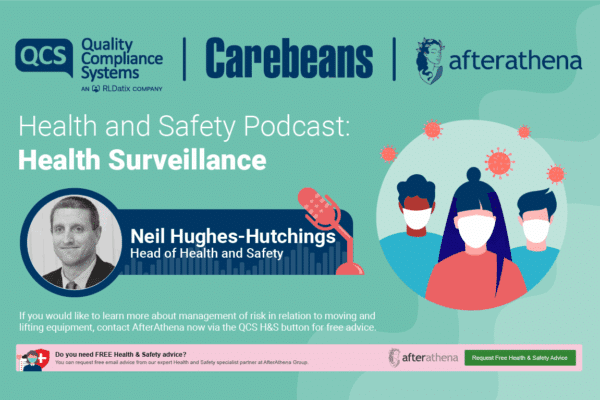
Fatalities in Residential Homes
The list of the fatalities published on the HSE website for residential care note the following detail:
| Date | Gender | Age | Reason |
| 02/04/15 | Female | 95 | Fell from wheelchair on beach |
| 04/08/15 | Male | 73 | Not given in statistics |
| 12/08/15 | Female | 80 | Fall from height |
| 28/09/15 | Female | 83 | Fall from height |
| 30/09/15 | Female | 93 | Not given in statistics |
| 22/10/15 | Female | 88 | Fall from height |
| 01/11/15 | Female | 89 | Fall from height |
| 14/01/16 | Female | 87 | Fall from height |
| 04/03/16 | Female | 92 | Not given in statistics |
| 11/03/16 | Female | 61 | Fall from height |
There were 10 fatalities in residential homes in this period and the majority of causes was a fall from height. It is good practice that employers understand the cause of fatalities occurring in residential homes to assess and identify where they can implement any further management controls in the residential homes.
Recommendations
- Ensure you have identified the highest risk areas where a potential death may occur through the risk assessment process
- Conduct a compliance audit review to understand where there may be gaps with areas for improvement to eliminate or reduce risk
- Conduct an inspection of the residential building checking areas such as restrictors on windows and other areas such as stairs or change in level where there is a risk of fall
- Ensure staff are aware through information, instruction and training the potential risk areas
- Ensure that appropriate details (cause) of fatalities that have occurred are communicated to increase staff awareness of how an incident could lead to death – Focus on root cause analysis and changes that could be implemented to prevent a fatality within the workplace
- Ensure all specific individual risk assessment on residents remain ‘live’ and are constantly reviewed as changes occur
- Ensure agency staff and other temporary staff have an appropriate handover and are aware of the detail in all service users risk assessments






